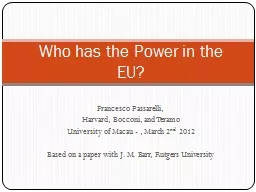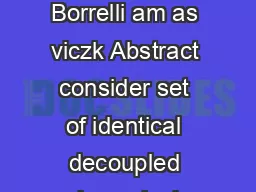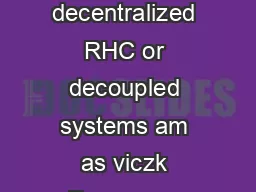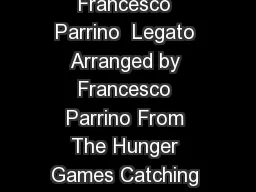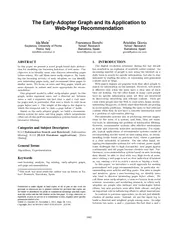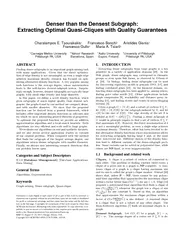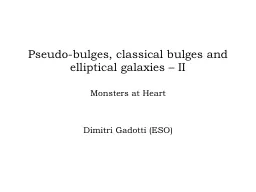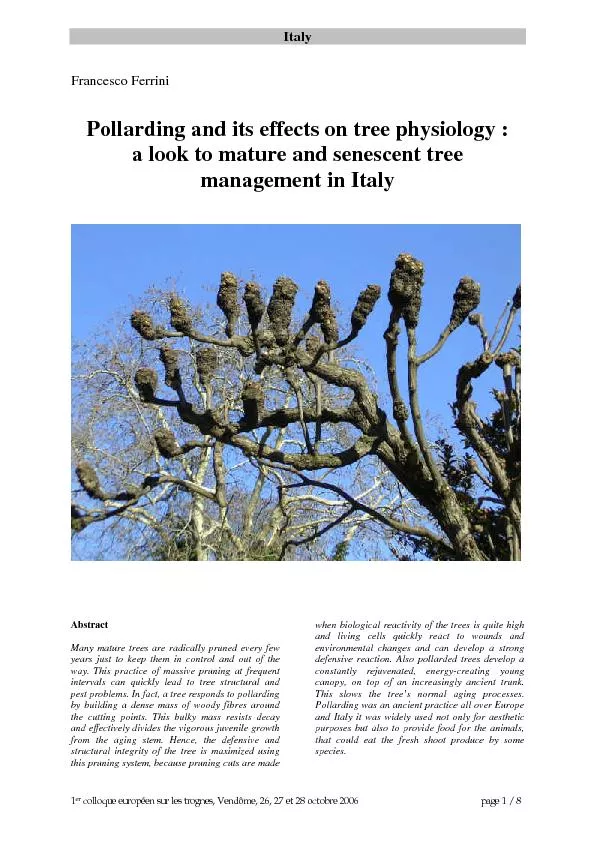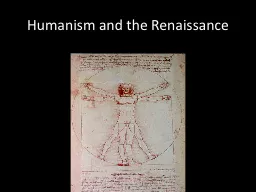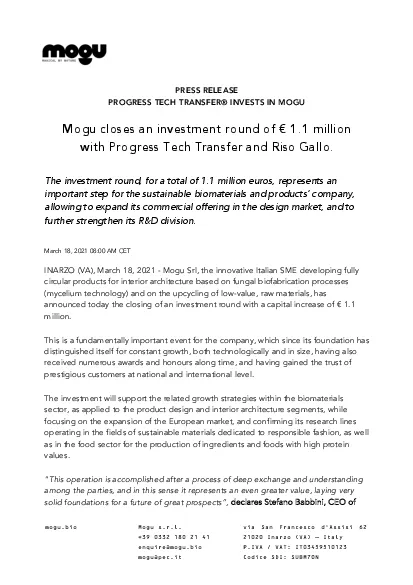PPT-Francesco Passarelli ,
Author : groundstimulus | Published Date : 2020-06-15
Harvard Bocconi and Teramo University of Macau March 2 nd 2012 Based on a paper with J M Barr Rutgers University Who has the Power in the EU EU Members Austria
Presentation Embed Code
Download Presentation
Download Presentation The PPT/PDF document "Francesco Passarelli ," is the property of its rightful owner. Permission is granted to download and print the materials on this website for personal, non-commercial use only, and to display it on your personal computer provided you do not modify the materials and that you retain all copyright notices contained in the materials. By downloading content from our website, you accept the terms of this agreement.
Francesco Passarelli ,: Transcript
Download Rules Of Document
"Francesco Passarelli ,"The content belongs to its owner. You may download and print it for personal use, without modification, and keep all copyright notices. By downloading, you agree to these terms.
Related Documents

